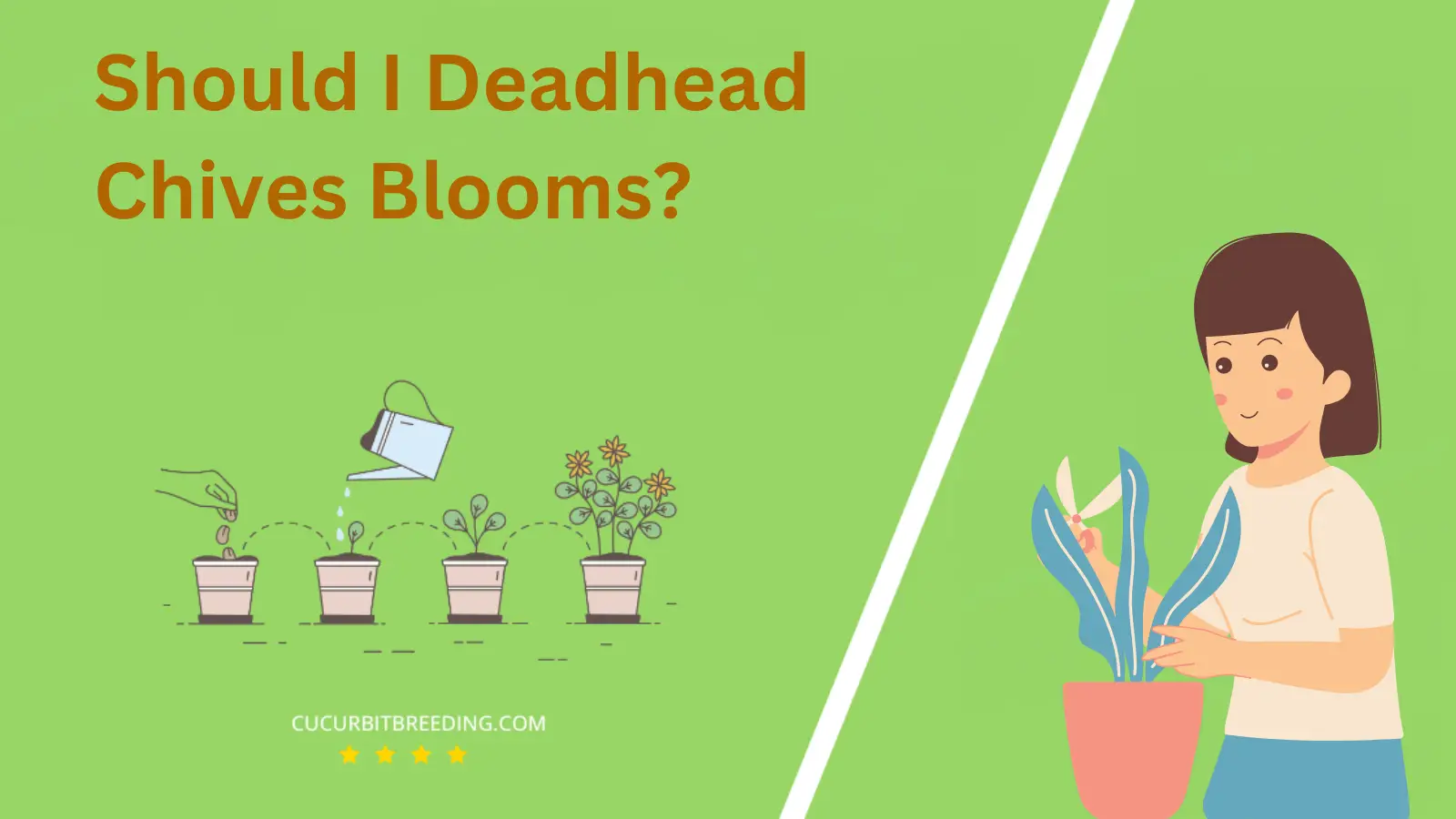
When do chives bloom? This question often crosses the mind of every green thumb enthusiast or epicure who enjoys the delicacy of these flavorful herbs. If you’re keen to understand the life cycle of chives, particularly their blooming period, then you’re in the right place.
Join us as we delve into the fascinating world of chives, illuminating aspects of their growth patterns, and the best times to anticipate their lovely, edible flowers.
When Do Chives Bloom?
Chives typically begin to bloom in the late spring to early summer. The exact timing can vary depending on the specific climate and conditions where they are grown. The blooming period usually lasts about three to four weeks. After blooming, the flowers will eventually wilt and seed pods will form in their place.
| Stage | Description |
|---|---|
| Germination | Spring (March to May) |
| Growth | Spring to early summer (March-June) |
| Blooming | Spring (March – May) |
| Dormancy | (December to February) |
How Long Do Chives Bloom?
Chive plants typically bloom once a year, during late spring or early summer months. The bloom period usually lasts for approximately three to four weeks,
depending on the climate and growing conditions. After the bloom, chives produce seeds which can be harvested or left to naturally reseed in the garden.
How Light Affects Chives Blooms?
Light has a significant impact on the blooming of chives. Chives require full sun exposure, which means they need at least 6 to 8 hours of direct sunlight each day, to grow properly and produce abundant flowers. The intensity and duration of light exposure directly influence their growth and blooming patterns. When chives receive sufficient light, they produce their characteristic purple-pink flowers in abundance. However, in conditions of low light, their growth may be stunted and blooming can be significantly reduced or may not occur at all.
Will Chives Bloom the First Year You Plant Them?
Chives typically do not bloom in their first year after planting. They usually need a full year of growth before they produce their signature purple flowers. This is because chives invest their energy in establishing a healthy root system during the first year. Once this has been firmly established, they can then focus on blooming in subsequent years.
Will Chives Bloom Every Year?
Yes, chives will bloom every year. They are a perennial plant, which means they grow back each year without needing to be replanted. The blooming period typically occurs in the spring and early summer. However, the exact timing can vary depending on the growing conditions and location.

Should I Deadhead Chives Blooms?
Yes, you should deadhead chives blooms. Deadheading, or the process of removing faded blooms, promotes further growth and prevents the plant from going into the seeding process prematurely. For chives, this is particularly important as it encourages the plant to focus more on foliage production, providing you with a more abundant harvest. By removing the spent flowers, you also maintain the neat appearance of the plant.
Top Reasons Mature Chives May Stop Flowering

Mature chives may stop flowering for a variety of reasons. Lack of adequate sunlight could be a primary cause; chives require full sun exposure for optimal growth and blooming. If they’re placed in a shadowy area, they might stop flowering.
Another possible reason is poor soil conditions. Chives thrive in well-drained, nutrient-rich soil. If the soil lacks essential nutrients or is waterlogged, it can limit the plant’s ability to produce flowers. Regular soil tests can help identify any nutrient deficiencies.
Lastly, overcrowding of chive plants can also prevent flowering. Chives should be divided every 3-4 years to avoid overcrowding, which can lead to competition for nutrients and sunlight. By addressing these issues, you can help your mature chives to resume flowering.